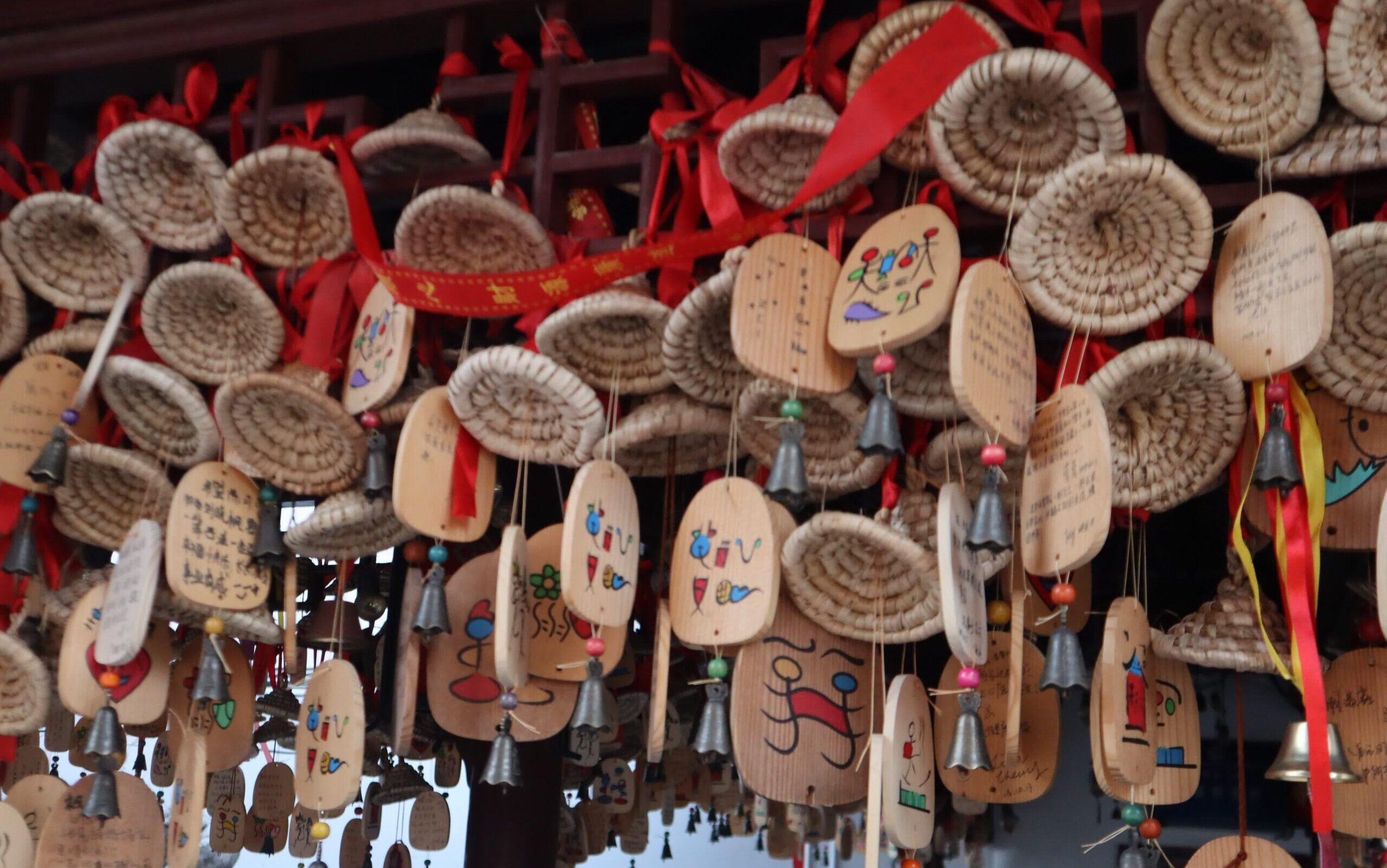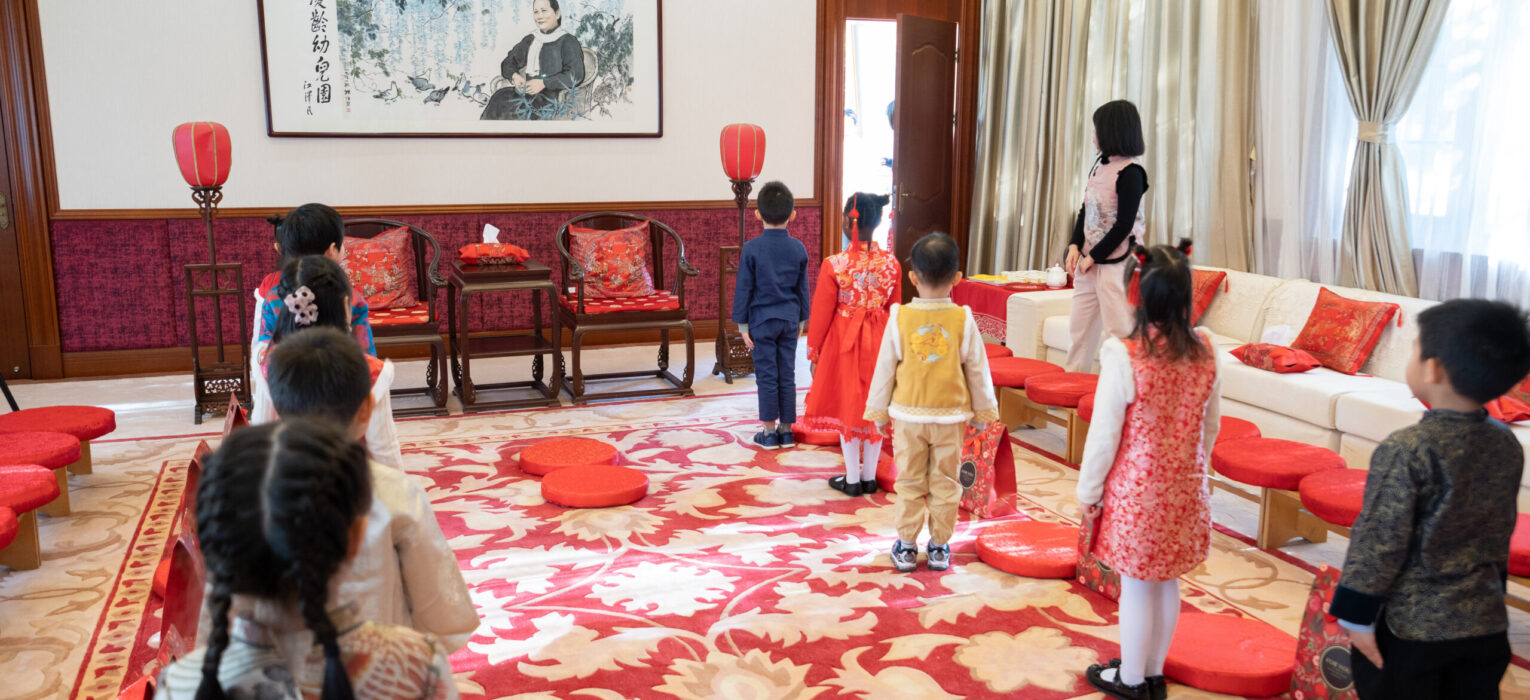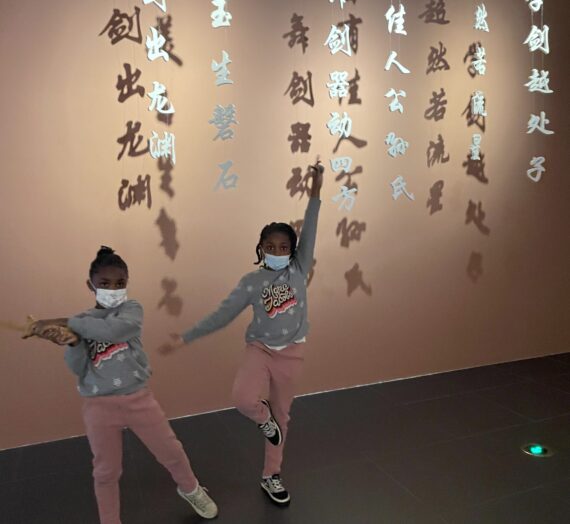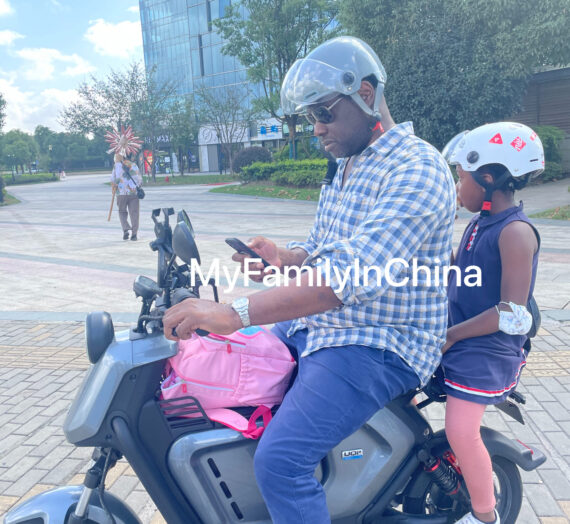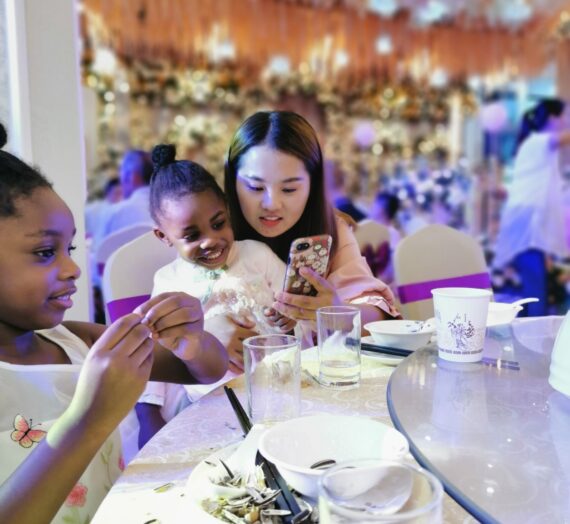Jessica has approached her final year in Kindergarten and the tradition of the school is that the children take part in a Thanksgiving Kneeling Ceremony. This is where the children give thanks and the deepest honour to their parents for supporting their efforts in their valued lives thus far.
The ceremony takes place in a traditionally decorated room. It almost feels like stepping into an ancient dynasty…
Each child has carefully rehearsed their own words dedicated to expressing their gratitude for their parents. It’s not long before tears are flowing like a river and hearts are bursting with pride as their not-so-young babies are soon to be graduating into the next stage of their educational years of Primary School.
The tradition of tea & the bow
It is important to know that in China, early education is held in great esteem from their budding years before the children even know how to speak. The early years are certainly a sensitive and cultivated time.
The children engage in a tradition of a display of the tradition of welcoming their parents to drink tea which is preceded by the kneeling and deep bowing.
It’s our second time round to experience this tradition, so at least the lump in my throat is a little less and the now prepared waterproof makeup allows me- on this occasion- to leave looking similar to when I first arrived.
Kowtow (‘knock head’) Is the act of deep respect shown by prostration, that is kneeling and bowing so low as to have one’s head touching the ground. It is seen as the highest sign of reverence to ones’s superiors, elders, and Emperors in religious and cultural worship.
Kipnis, Andrew B. (1997). “Kowtowing”. Producing Guanxi: Sentiment, Self, and Subculture in a North China Village.
It was such a lovely day. An opportunity to finish school early and reflect about the emotion and the reason behind the process with a 5 year old over a coffee (for me) and some fries at the nearest McDonalds as a treat!
